Is your cat grooming up to scratch?

Ever wondered what cats think about being groomed?
So did we, so we asked Smudge, a cat belonging to one of our Krew, for a comment.
Here’s what she came back with.
“I don’t need your help thank you very much. I groom myself every day and I don’t roll in stinky stuff like bone breath. All I need from you hoomans, is food, a comfy place to sleep and cuddles when I (not you) want them. Are we clear?”
Sheesh, someone got out of their Kitty Peacock bed on the wrong side.
Anyway, so there you have it. Smudge - not a big fan of hooman groomin.
But honestly, it’s not just Smudge. A lot of cats don’t like being groomed by us.
Unfortunately though, despite professing to be fiercely independent, they do still need our help. Purrticularly if they are long or medium-haired cats. In fact, grooming your cat has a number of important benefits.
So today, we’re going to talk to you about why you should groom your cat and, just as importantly, how you should groom your cat. Because, despite what Smudge says, if you do it the right way, the chances are, they will actually enjoy it.
So, let’s sink our claws in, shall we?

BRUSH UP ON YOUR GROOMING SKILLS
Cats groom themselves a lot. In fact, they are fastidious in the extreme about personal hygiene.
But they can’t do it all. And that’s where we come in.
Grooming your cat helps promote a healthy and shiny coat. Not only that, but it helps collect stray cat hairs (the hair is stray, not the cat) that would otherwise end up all over your clothes, your bed and your lounge.
Regular brushing also means your cat ingests less fur. This, in turn, decreases the number of hairballs (which are gross) and reduces the likelihood of your cat getting a potentially fatal intestinal blockage.
Not only that, but it also serves the important purpose of removing debris or twigs that might have gathered and stops the formation of hair matts/tangles.
Another reason why it is important to groom is because it is a great way to monitor your cat’s health. You can check for any lumps, bumps, wounds or rashes and find any ticks or fleas.
Finally, grooming reinforces the positive bond between you and your cat, especially if you do it from a young age.
From a human purrspective, regular grooming is particularly important if you have an allergy sufferer in the house. Cats trigger allergies twice as much as dogs, and grooming can help remove the hair and the flakes of skin (called dander) that cause these.
So, how often should you groom your kitty? Well, the basic rule of claw seems to be the longer the fur, the greater the need for brushing.
Long and medium-haired cats should be groomed on a daily basis while short-hairs only require grooming about once a week.
So that’s the why.

GROOM WITHOUT THE GLOOM
Now for the tricky bit. How should you groom your cat?
Well, first up, don’t even bother trying to wash them. Cats hate, no, detest baths and you are liable to end up clawed, bitten and bleeding and with one hissed-off kitty.
Besides which, they actually keep themselves pretty clean and non-smelly.
So, let’s scratch the bathing and move right along to the brushing.
If you do decide to groom them, then it’s best to start when they are a kitten. That way they become familiar with it from an early age.
It's important to be patient. Try stroking them first and then give them a few gentle brushstrokes. It’s a good idea to have some tasty cat treats at hand so you can reward them for being calm and accommodating.
Gradually increase the number of brushstrokes and the amount of grooming time until your cat is comfortable with the process.
Make sure you are never grooming your cat against their will. Forced grooming or restraint causes cats to get stressed and makes grooming a harrowing ordeal for all concerned.
You’ll know when your cat has had enough. Their tail will start swishing, their ears will go flat, their bodies will go tense and they may start growling or hissing.
If you see these signs, stop. Otherwise, the next stage is claws and teeth and you really don’t want that.
Once your cat has relaxed again, you can resume grooming.

KIT FOR KITTY
So, what kind of gear do you need to make sure your kitty is lookin’ and feline fine.
Well, for starters, you can try and use grooming equipment that matches your cat’s coat type.
Bristles can be hard, soft, wire, or pin. Softer brushes are better for making cats relaxed, so consider starting with these and working your way up to the harder ones, which tend to be more effective.
Start gently to get your cat in the mood and begin with the back of the brush to familiarise them with the feeling.
If you are checking for fleas, then brush in the direction of the fur but occasionally brush backwards (against the fur) to expose the skin and any potential ticks or fleas.
End with a treat and a stroke, so they will learn to associate grooming time with positive outcomes.

THE MATT SAT ON THE CAT
Matts are tricky little suckers. They form when the shedding undercoat gets caught in the topcoat. Or if the fur is dirty and oily and starts clumping together.
Matts can be quite painful for your cat, particularly if they form in areas of movement such as beneath the legs, under the chest or around the neck.
If you do find matts when you are brushing or combing, then it is best to tease them out from surrounding fur gently with your fingers. Try not to pull the fur. Then use blunt-nosed scissors, a knot remover or dematter to trim it out.
If the matt is very close to the skin then you may not be able to get it out yourself. In which case, you should enlist the help of a professional groomer or go and see a vet.
The best way to avoid matts forming is regular brushing dates with your kitty to remove tangles while they're still small.
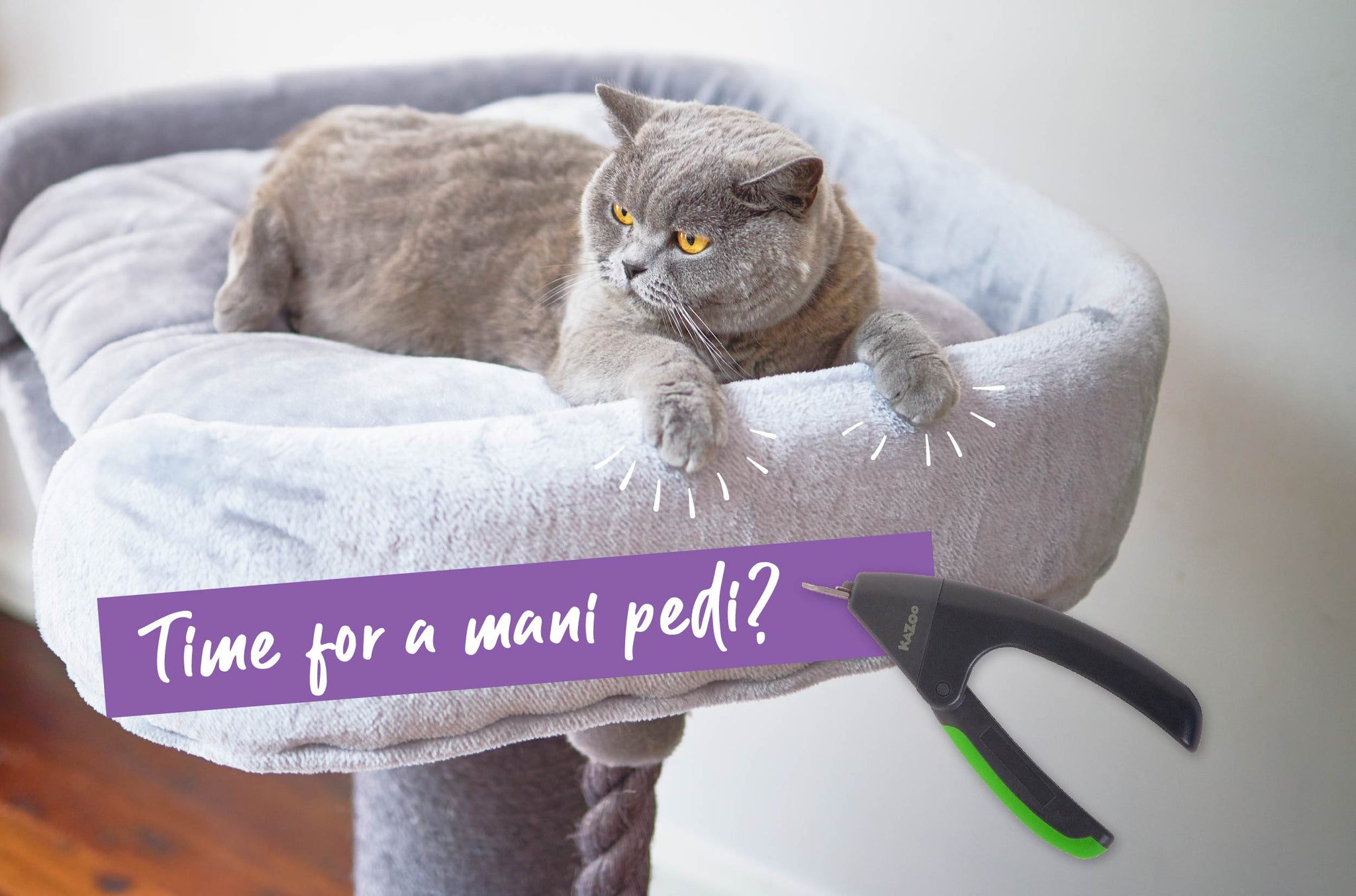
ME(OW)
Let’s get straight to the point.
Cats don’t like having their nails clipped. Just the same as they don’t like having baths.
But unlike dogs, who will just grin and bear it, cats will very quickly show their displeasure and give you a few good scratches.
So why risk it?
Well, trimming your cat’s claws actually has some health benefits. Both for you and the cat.
First up. Getting rid of the sharp points saves your curtains and your furniture from kitty when they are in playful mood. Oh, and it saves your skin when kitty lovingly digs its claws into your leg while you are stroking it.
But, more importantly, it stops them being in pain from sore or broken claws that they may have from getting their claws caught in something.
TOP TIPS:
- Provide your kitty with a top-quality scratch post to keep their claws busy & help file their nails down
- Before trimming the nails, try and get your pet familiar with their paws being touched. You can play games with them or simply spend time patting their paws.
So, how you should go about it?
Using the clippers:
Into the valley of death...
You want to be careful here. If your cat has been exposed to clippers since he or she was a kitten, then it should all be quite easy, as they will be used to you handling their paws. But if it is an older cat, then tread carefully. Make sure they are okay with you handling them and at ease with you touching their paws.
If you see any negative body language then stop. Wait until they relax before you go any further. If all is okay, then gently expose the nail.
Dogs and cats nails have a 'quick'. This is an area containing nerves and blood vessels. When nails are light in colour, it's relatively easy to see the quick, but in dark nails you may not be able to see it. When trimming nails, only take a few millimetres off at a time as cutting into the quick can cause pain and bleeding. If you accidentally cut the quick you can use an antiseptic clotting agent to help stop the bleeding. If the bleeding doesn't stop within a few minutes, or you're worried about your pet, please contact your vet.

If it's your cat's first time having their nails trimmed, don’t attempt to do all the nails in one sitting. Use the clippers to trim one or two nails per session.

PRIOR PREPURRATION
Grooming a cat takes a little bit more care and preparation than grooming a dog. Cats are fiercely independent and don’t always respond well to our well-meaning attempt at grooming them.
But if you are patient, careful and lead up to the process gradually, you should find that your kitty is quite amenable to having you brush them.
Who knows, they might even start purring.

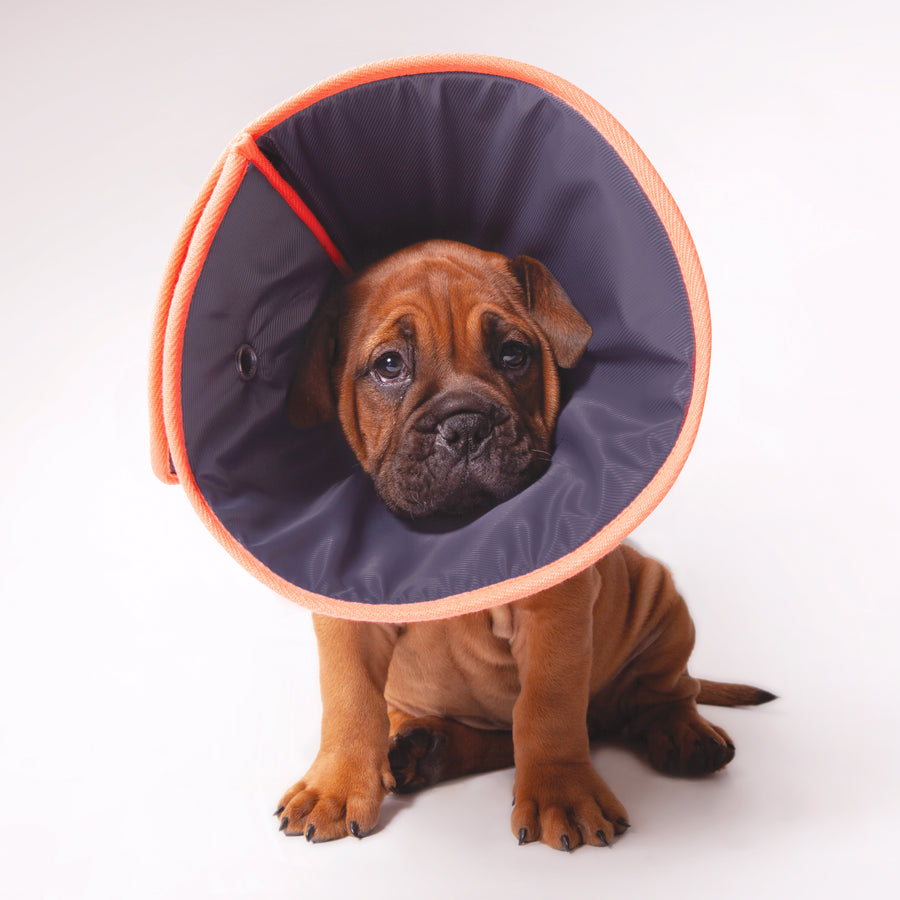
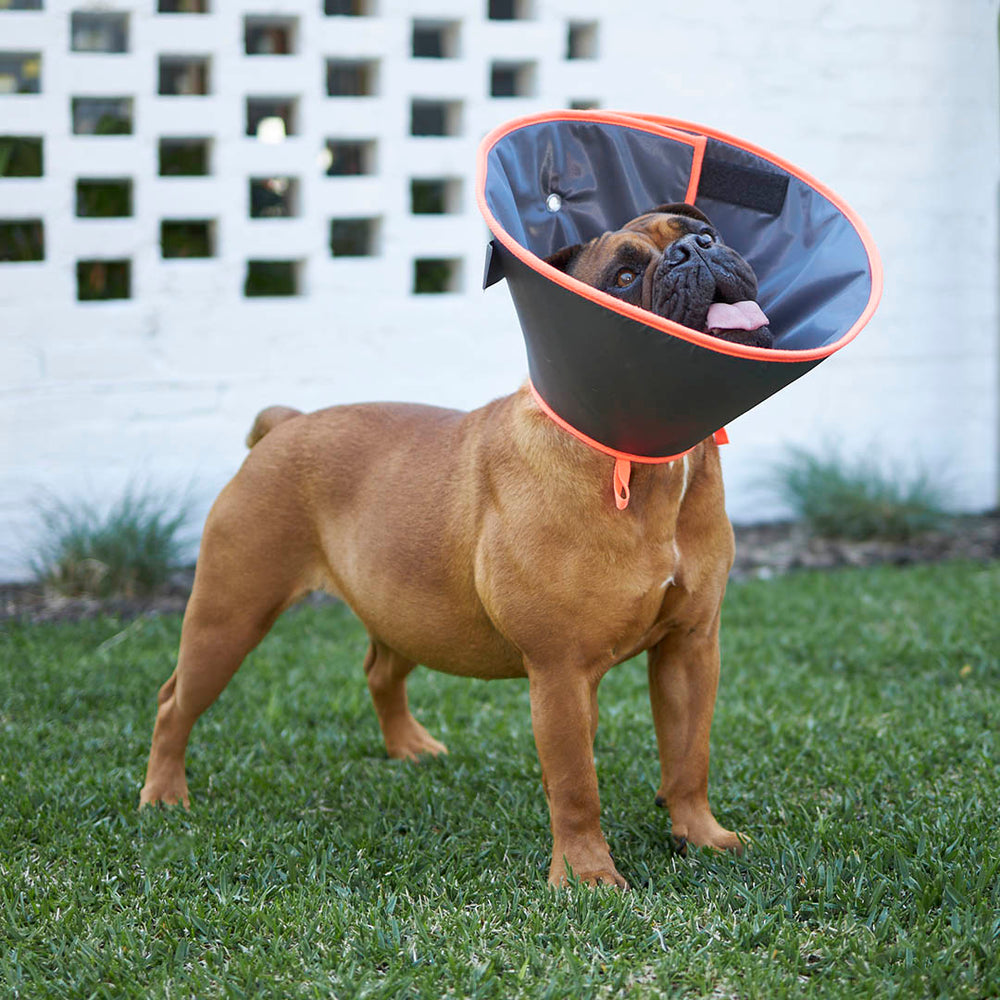
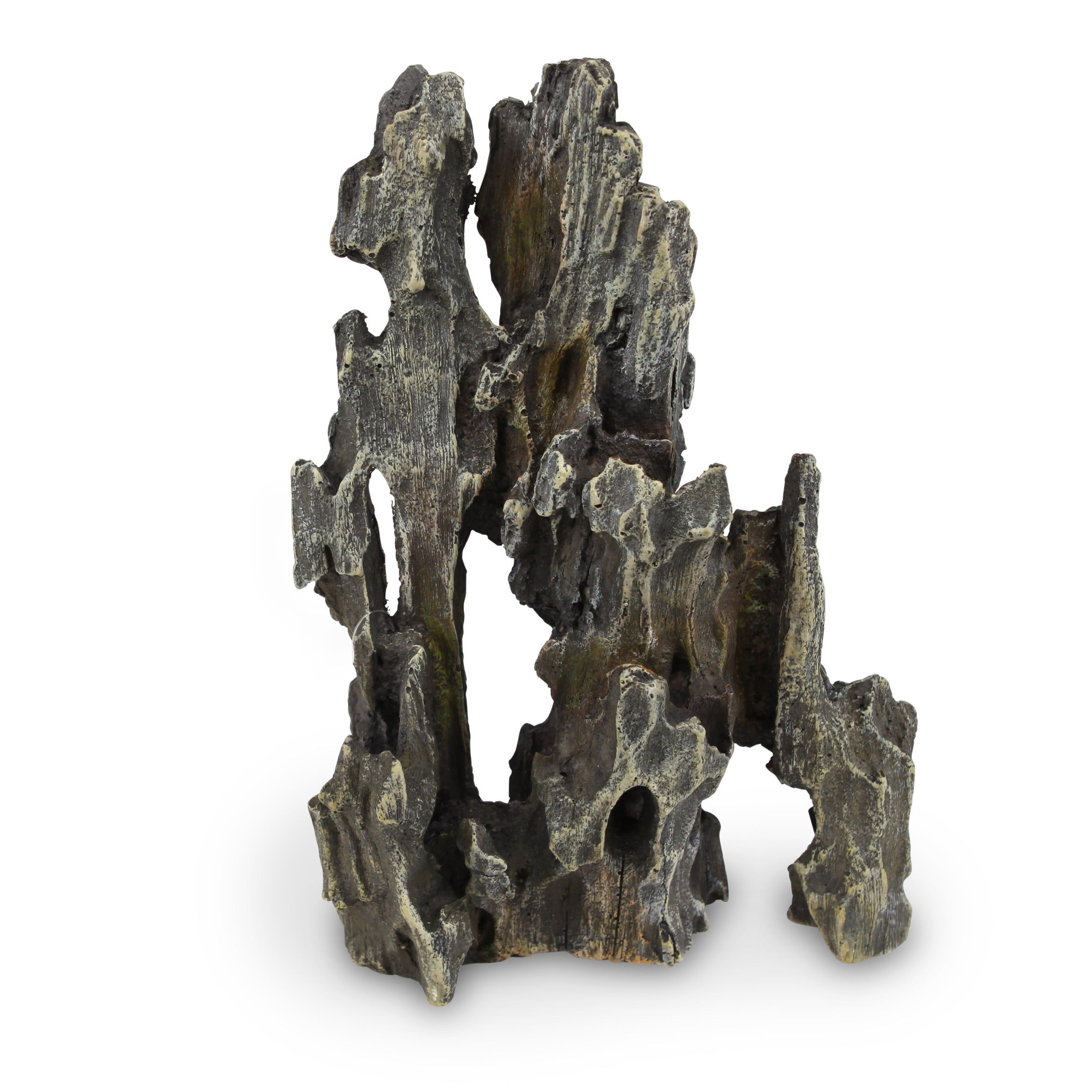
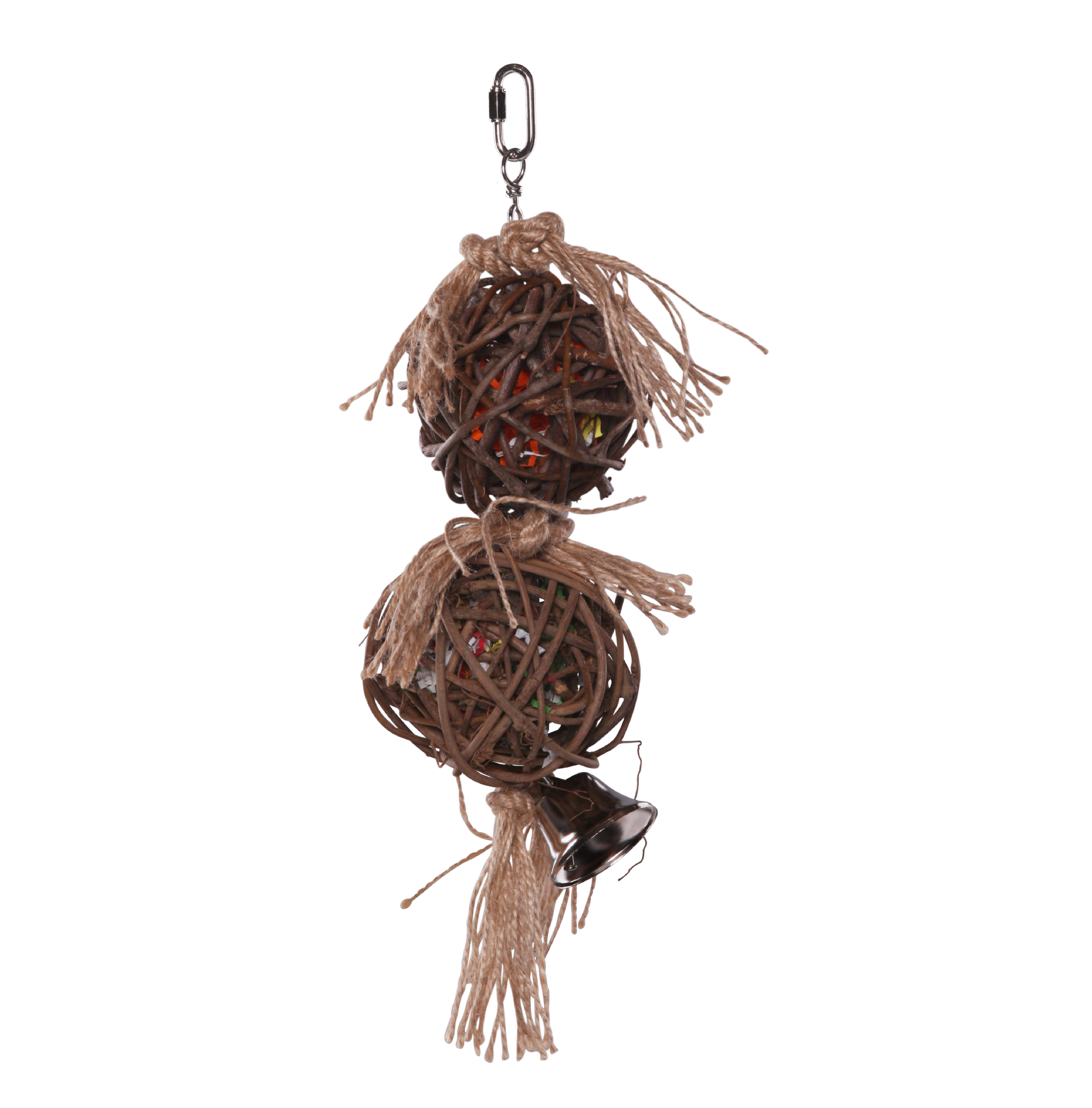


Our little Burmese girl, didn’t want to be brushed. “Get that damned scary thing away from me! Neow!!” But that all changed when I discovered a grooming mit. It wasn’t a ‘big scary brush’ coming towards her. Just my hand. As soon as we got past that barrier – she realised that being brushed is Cat Heaven! Better yet – whenever I brushed her, I’d say, “Nice Brush!” In the same singsong tone and – after just a week, all I had to do was say “Nice brush!” and she’d come running from wherever she was in the house. As for bonding – whoa! Is there anything more heavenly than a cat curled up on your chest for a brush, air kneading because she’s so happy? No. No there isn’t. ❤️
Leave a comment